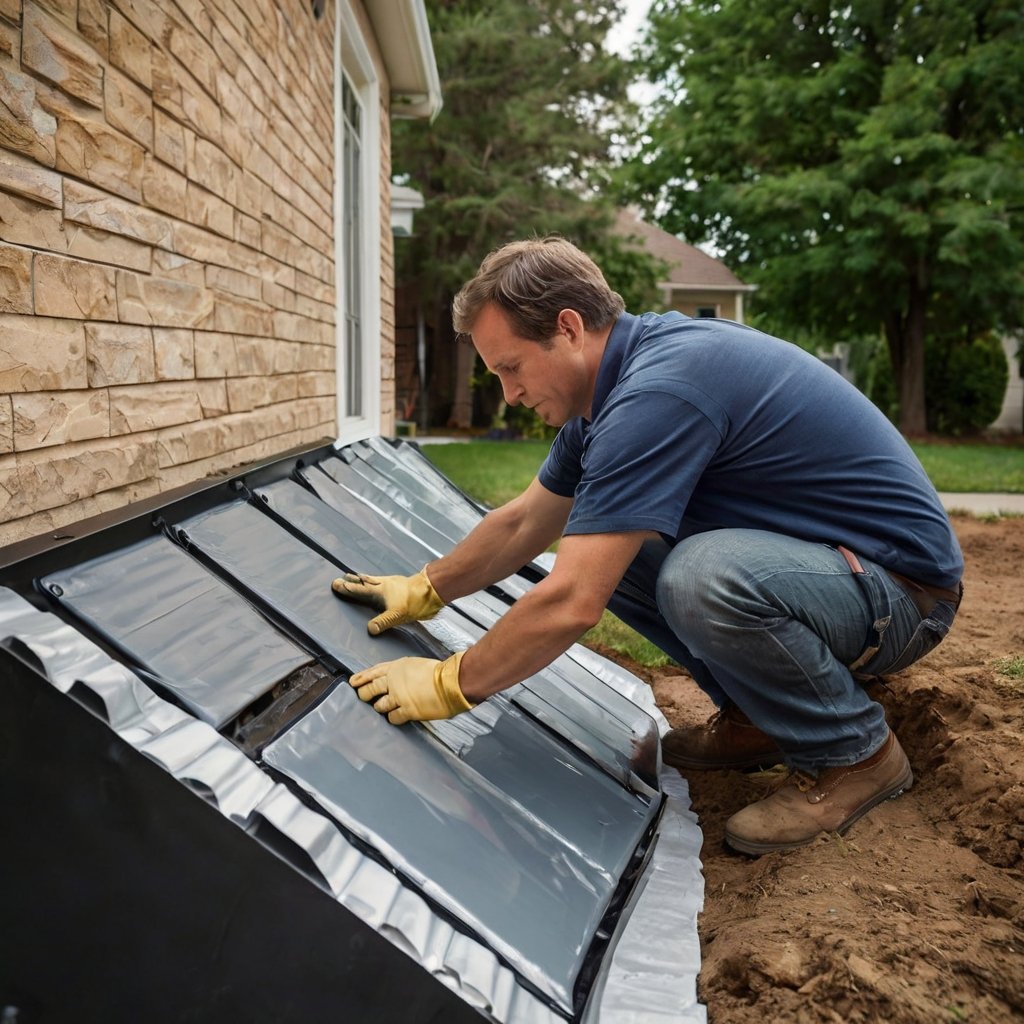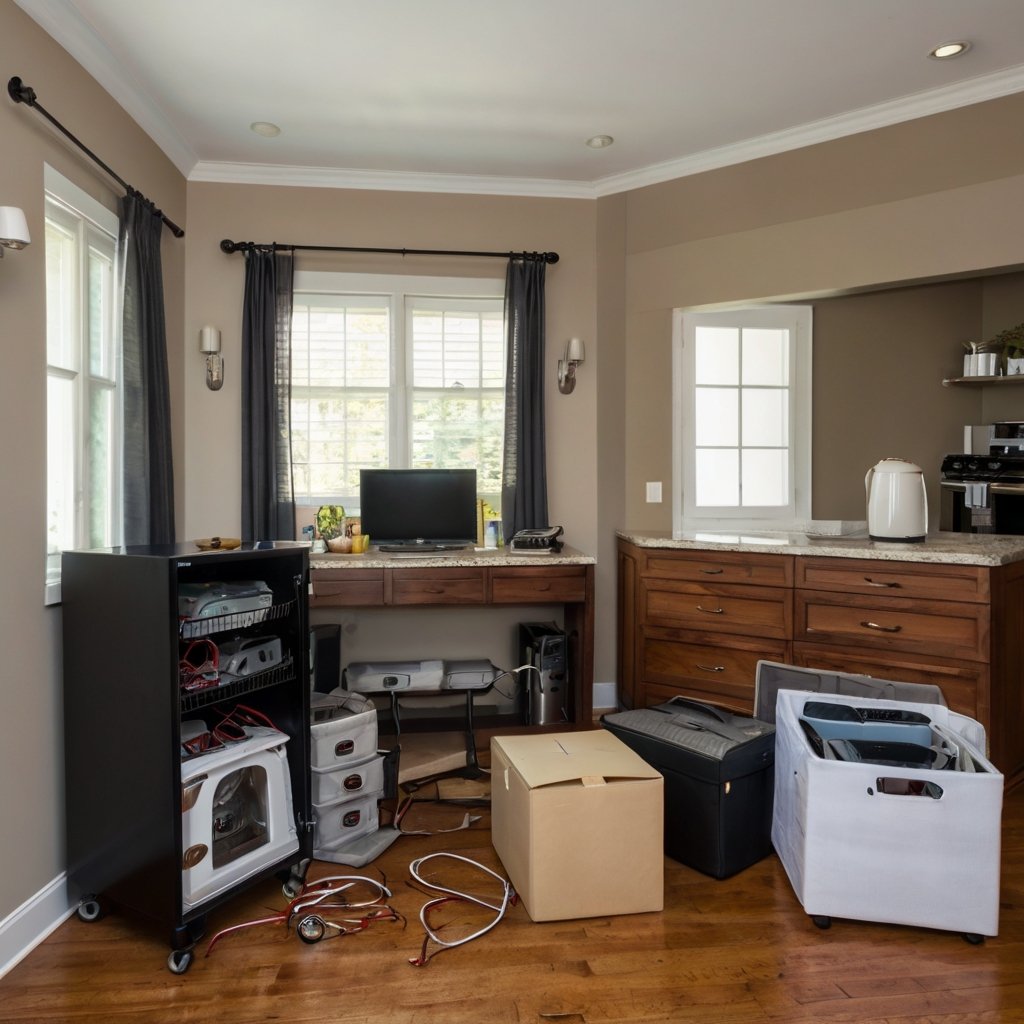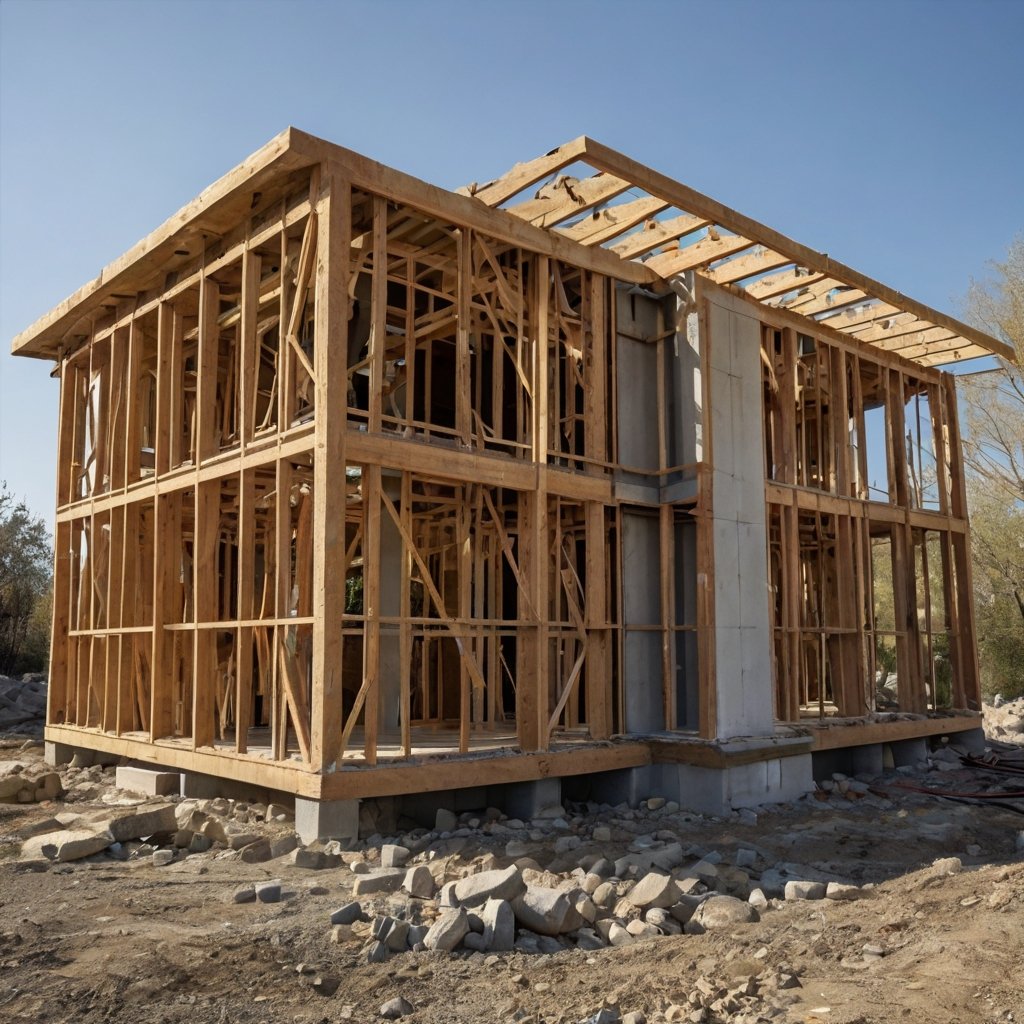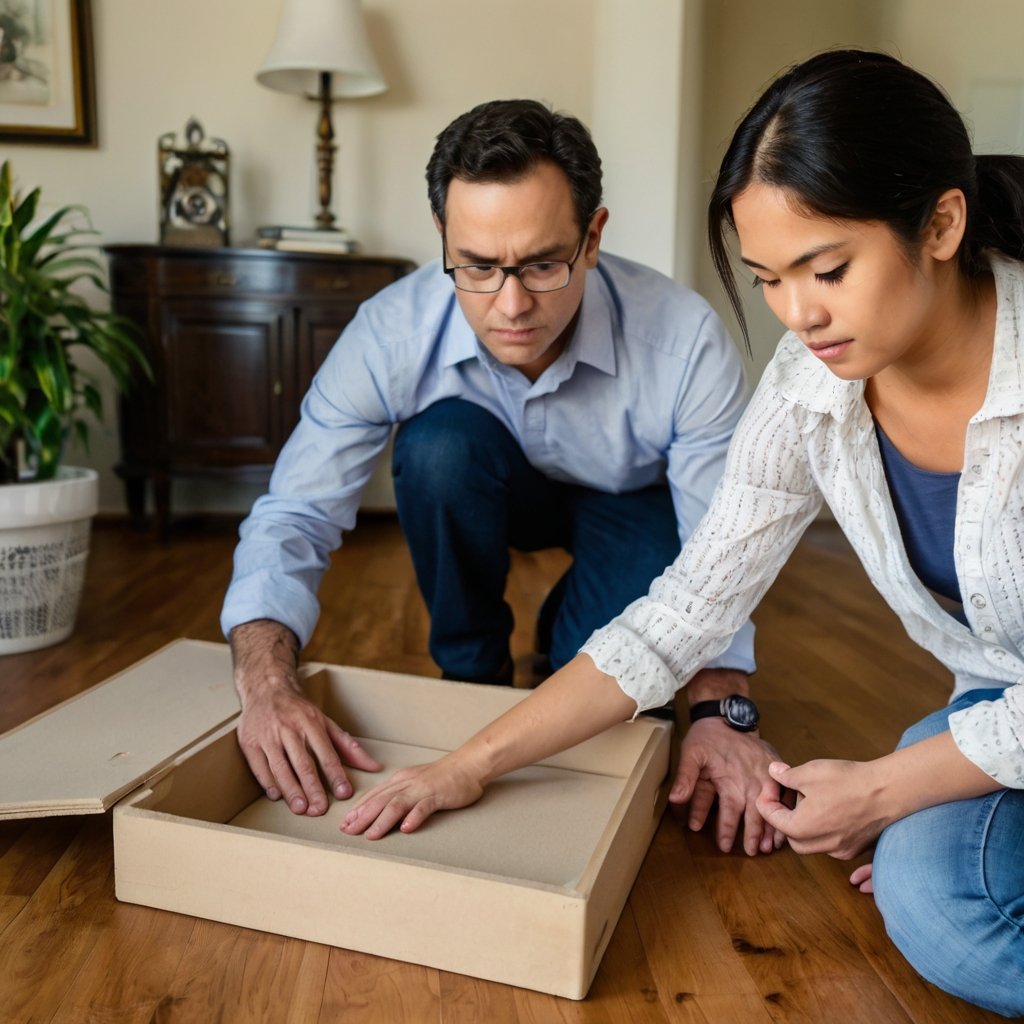I remember the night my home shook because of a sudden earthquake, and hours later, I watched floodwaters rising towards my front door. It was frightening—not only because of the danger but also because, at that moment, I felt helpless.
Like everybody else, I always believed that disasters such as floods and earthquakes only occur elsewhere, to somebody else. However, disasters can strike at any time, anywhere, to anybody. This realization made me change, and I want to reveal to you what I discovered about keeping your house safe—and how you can too.
In this post, I will make you understand the emotional process of coping with natural disasters. I will also provide expert practical advice on how to safeguard your home against floods and earthquakes. It doesn’t matter whether you are a homeowner or a renter; learning about these threats and preparing can make a big difference. Let’s get started.
The Importance of Home Protection
Natural disasters such as earthquakes and floods are very unpredictable and can cause a great deal of harm. The most common natural disasters in the United States are floods, which cause billions of dollars in damage every year (NOAA, 2023). Earthquakes are not as common but can be quite destructive—knocking over buildings, bursting gas lines, and leveling towns to the ground (USGS, 2023).
The psychological impact of seeing your home, your haven, wrecked or destroyed is immense. I have felt that helpless state myself, but I have also discovered that preparation can go a long way in minimizing risks and making it easier to recover. Securing your home is not only about material barriers; it is about peace of mind, security, and strength.
How Can I Make My Home Safe from Flooding?
Flooding can occur without warning—after heavy rainfall, hurricanes, or even just high tides. Here are some easy ways to protect your house from floods, as recommended by experts and discovered the hard way.
Upgrade Essential Appliances and Utilities
Some of the first things I did were place electrical systems, water heaters, and appliances above possible flood levels. This positioning of items avoids damage and lessens the possibility of electrical fires or water contamination. The Federal Emergency Management Agency (FEMA) suggests placing utilities at least 12 inches above the base flood elevation (FEMA, 2022).
Personal tip: I built a raised platform for my washer and dryer, which makes me feel better during big storms.
Flood Barriers and Seals should be installed

Flood barriers, either in the form of sandbags or flood shields, are the initial defense that you should utilize. I remember placing sandbags in front of my front door during a storm—although temporary, they buy you time and keep the water out.
For more permanent fixes, consider installing flood gates or sealants around doors and windows. These prevent water from entering and are extremely useful if your home is located in an area that floods frequently.
Expert tip: The American Red Cross states that even minimal barriers can be very effective in limiting floodwater intrusion when properly utilized (Red Cross, 2021).
Enhance Drainage Around Your House
Good drainage can keep water from collecting near your foundation. I bought trench drains and cleaned out the gutters and downspouts so water will drain away from my home.
Pro tip: Create a gentle slope away from your foundation—roughly 5% slope—to direct water away.
Fix foundation cracks and raise basements.
Inspect your foundation from time to time for cracks or gaps. Sealing them prevents water seepage. If you live in flood-prone areas, think about elevating your basement or adding a sump pump to remove water that has accumulated rapidly.
Professional suggestion: It is suggested by the International Association of Floodplain and Stormwater Managers (IAFSM) to waterproof basements and implement sump pumps to help with flooding (IAFSM, 2020).
Purchase Flood Insurance
Despite precautions, floods can harm your home. Flood damage is not covered by standard homeowners’ insurance. I found this out the hard way when a flood ruined my basement.
Important: Flood insurance can be obtained from the National Flood Insurance Program (NFIP) and private insurance companies. It’s a vital investment for areas susceptible to floods.
How Can I Safeguard My Home From Earthquakes?
Earthquakes usually occur unexpectedly, damaging things afterward. To ensure that your house is protected from earthquakes, you must alter the structure and prepare.
1. Secure Heavy Items and Clutter
One of the first things that I did was to secure heavy furniture, bookshelves, and appliances to the walls. During an earthquake, unsecured objects can become dangerous flying objects.

Expert tip: The USGS recommends anchoring appliances and furniture to the wall beams (USGS, 2023).
2. Construct Your Foundation and Structure
Consult with a structural engineer to see how earthquake-resistant your home is. Reinforcing your foundation, installing shear walls, and adding bracing can make your home withstand shaking.
Personal experience: I hired someone to strengthen the frame of my home, and I was certain that it would be earthquake-proof.
3. Install Seismic Braces and Straps
Seismic straps fasten your water heaters, cabinets, and heavy appliances. In an earthquake, they prevent tipping and leakage.
4. Update Your Home
Retrofitting involves putting in support, anchors, and bracing weak elements of your building to comply with earthquake safety regulations. Lots of old buildings benefit from retrofitting.
Expert opinion: The Earthquake Engineering Research Institute (EERI) provides guidelines on how to design buildings to be earthquake-safe (EERI, 2021).

5. Prepare an Emergency Kit and Family Plan
The most touching part of my experience was realizing that safety is not merely physical protection but also preparedness. Store emergency supplies—food, water, first aid, flashlights—and create a family emergency plan.
Tip: Conduct earthquake drills regularly with your family so all members know what to do.
Emotional Reflection: Dealing with Uncertainty through Preparedness
I am not going to say it was easy to prepare my home for floods and earthquakes. It was a mix of fear, frustration, and hope. With every step I took—putting in barriers, strapping down furniture, buying insurance—I felt a bit more in control. But the truth is that no degree of preparedness obviates all risk.
But if I know I can do something—anything—to save my family and my home, then I find strength. It’s about hope, it’s about resilience, and believing that even against the wrath of nature, we can hold our ground.

Getting your house flood-proof and earthquake-proof is not only about building barriers; it is also about being psychologically prepared, knowing your area, and being ready. Small actions, like fixing cracks, bolting furniture, or getting your home insured, can really make a difference.
Disasters are unforeseen, yet you can plan for them. Remain vigilant, plan in advance, and do not be afraid to call a professional. Your house and your peace of mind are counting on it.
Need to stay current with disaster preparedness tips and home safety? Visit HavenPosts every now and then and subscribe to our newsletter for expert advice and do-it-yourself tutorials. We can survive any storm—both literally and figuratively.
References & Bibliography
- FEMA. (2022). Floodplain Management and Flood Insurance. Retrieved from https://www.fema.gov
- NOAA. (2023). Floods. National Oceanic and Atmospheric Administration. Retrieved from https://www.noaa.gov
- USGS. (2023). Earthquake Hazards Program. United States Geological Survey. Retrieved from https://earthquake.usgs.gov
- Red Cross. (2021). Flood Safety Tips. American Red Cross. Retrieved from https://www.redcross.org
- IAFSM. (2020). Floodplain Management Resources. International Association of Floodplain and Stormwater Managers. Retrieved from https://iafsm.org
- EERI. (2021). Seismic Retrofitting. Earthquake Engineering Research Institute. Available from https://www.eeri.org
Don’t forget to visit HavenPosts frequently for more practical tips on home safety and disaster preparedness. Subscribe to our newsletter and stay one step ahead in protecting what matters most!



